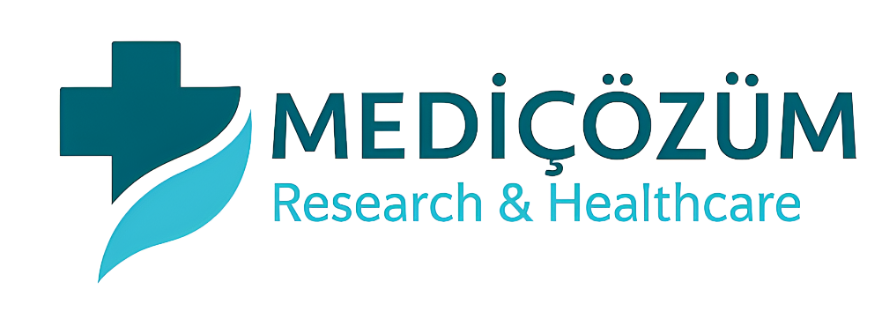A Prospective Study on Role of Prophylactic Antibiotics and Incidence of Postoperative Wound Infection in Surgery IPD
DOI:
https://doi.org/10.21276/2pgxn848Keywords:
SSIs, elective surgeries, emergency surgeries, wound infectionsAbstract
Introduction:- In the advancement of surgery, post-operative wound infection has been the greatest obstacle from down the centuries. For safe surgery, Lister introduced antiseptic methods. The initiation of antibiotics did raise the hope of a permanent solution to post-operative infection but later it has become the nightmare of the surgeon.
Methodology:- Two groups were included in this study. Each group had 200 cases. This study conducted by department of Surgery in Ananta Institute of Medical Sciences and Research Centre, Rajsamand. The duration of the study over a period of one and half year.
Result:- In our study, two groups were included, each group has 200 cases. In group A we had found 7% cases infected out of 200 cases, while in Group B had 34% infected cases out of total number of cases. Out of all cases we were found maximum infected cases from 41-50 ages in both groups.
Conclusion:- This study conclude that, to prevent surgical-site infections, it is essential for the surgeons to take appropriate steps to avoid local microbial factors.
Downloads
References
Bagheri Nejad S, Allegranzi B, Syed SB, Ellis B, Pittet D. Health-careassociated infection in Africa: a systematic review. Bulletin of the World Health Organization. 2011;89(10):757-65.
Nathens AB, Cook CH, Machiedo G, Moore EE, Namias N, Nwariaku F. Defining the research agenda for surgical infection: a consensus of experts using the Delphi approach. Surg Infect (Larchmt) 2006; 7(2):101-110.
Gerard M, Sean J, Carlos A. Preoperative care. Current surgical diagnosis and treatment.fourteenth edition; McGraw-Hill2015: 15-21.
H.L. Leuva, J R Khambholja, K K Nayak, RC Shah. Role of Antibiotics in Clean Surgeries: Prophylaxis V/S. Conventional. Gujarat medical journal / august -2014 Vol. 69 No. 2.
Jone et al.,: ―Antibiotic prophylaxis of 1036 patients undergoing elective surgical procedures‖, Am, J. of Surg, 1987, 153: 343 – 345.
Annie Wong, Beringer et al.,: ―Influence of Timing of Antibiotic Administration of Tissue concentration During Surgery‖, The American Journal of Surgery, April 1995: Vol. 169: 379 – 381.
Mangram AJ, Horan TC. Pearson ML, et al. Guideline for prevention of surgical site
infection, 1999. Hospital Infection Control Practices Advisory Committee. Infect.
Control. Hosp. Epidemiol. (1999; 20: 250-78)
Hedrick TL, Smith PW, Gazoni LM, et al. e appropriate use of antibiotics in surgery:
A review of surgical infections. Curr. Probl. Surg. (2007; 44:635-75)
Rao AS, Harsha M. Post operative wound infection. J India Med Assoc (1975; 44: 90-3)
Funary AP, Aerr KJ, Grunkemeier GC, Starr A. Continuous intravenous insulin infusion
reduces the incidence of deep sterna wound infection in diabetic patients after cardiac
surgical procedures. Ann orac Surg (1999; 67: 352-60)
Burke JE. The effective period of preventive antibiotic action in experimental incisions and dermal lesions. Surgery 1961; 50: 161-8.
WHO Guidelines for the Prevention of Surgical Site Infection.WHO Library Cataloguing-in-Publication DataGlobal.I.World Health Organization. (http://www.who.int) 2013. ISBN 978 92 4 14988.

Downloads
Published
Issue
Section
License
Copyright (c) 2024 International Archives of BioMedical and Clinical Research

This work is licensed under a Creative Commons Attribution-NonCommercial 4.0 International License.
Authors are required to sign and submit the completed “Copyright transfer Form” upon acceptance of publication of the paper. This is determined by a publishing agreement between the author and International Archives of Biomedical and Clinical Research. These rights might include the right to publish, communicate and distribute online. Author(s) retain the copyright of their work. International Archives of Biomedical and Clinical Research supports the need for authors to share, disseminate and maximize the impact of their research.












